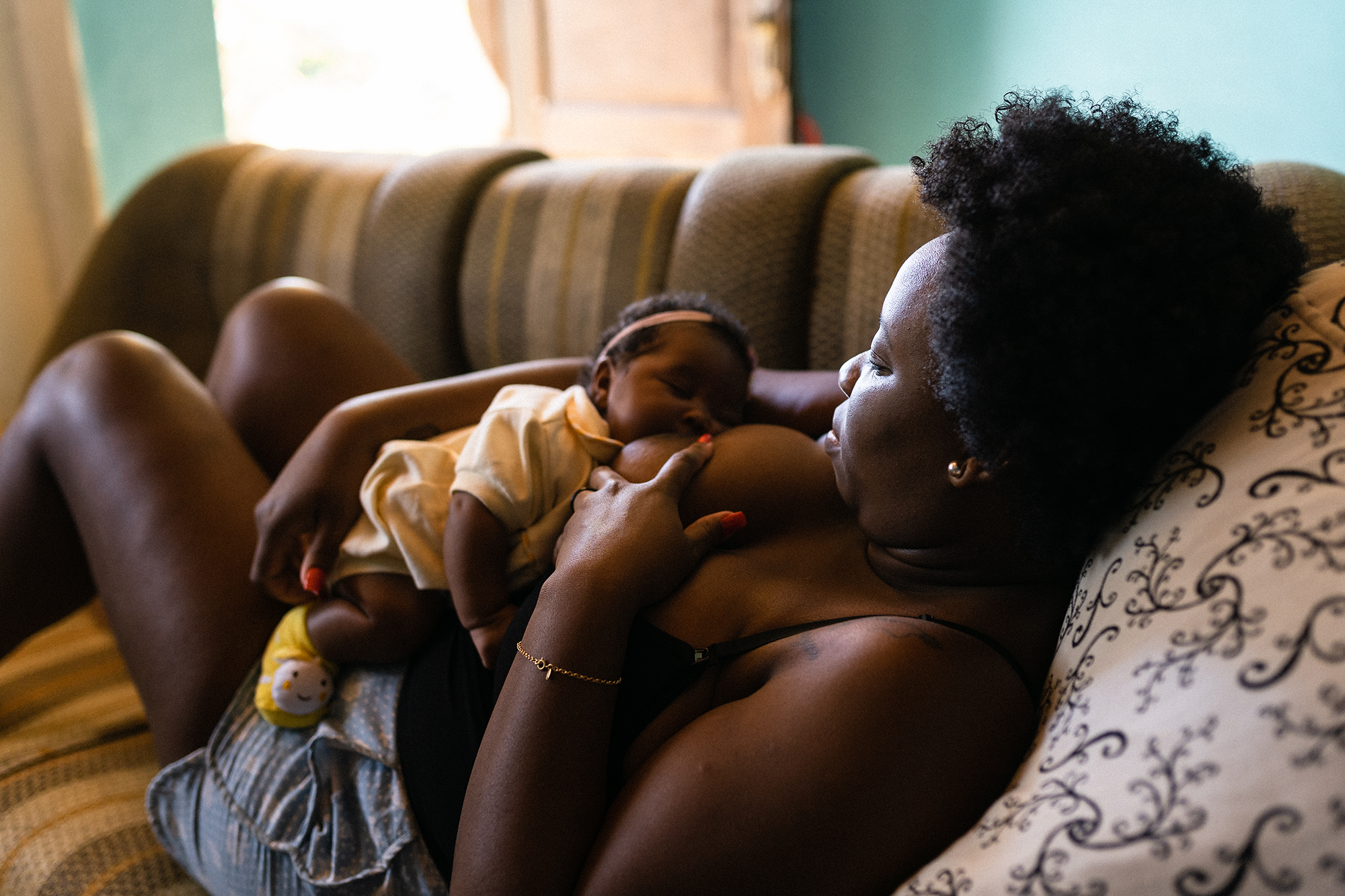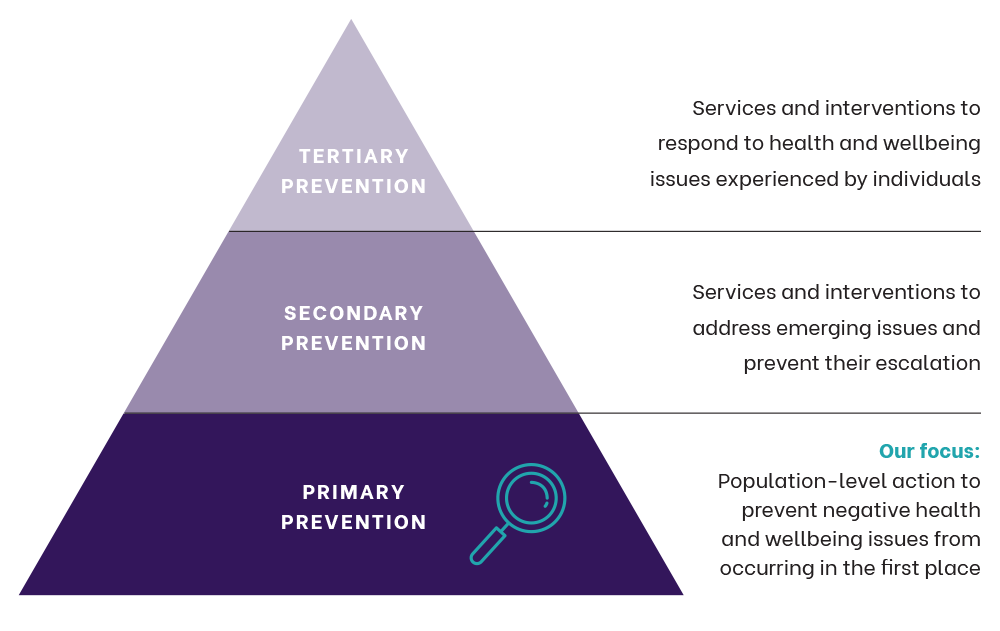The Women's Health Services Network is a collective of twelve Victorian Government-funded Women's Health Services, each a centre of excellence in gendered health promotion, primary prevention and gender equity.
We have been a central part of Victoria’s public health infrastructure for four decades, coordinating local place-based health promotion activities, which is enhanced by our collaborative statewide approach.
We are the only state or territory with this unique infrastructure and reach, supporting the health system to create the best possible health outcomes for women. We use evidence-based research to ensure that women stay well, and if they do need access to healthcare services, that they receive the care that supports their return to health.
The current work of the women’s health sector is situated within a long history working to advance women’s health and equality in Victoria.
Today, we represent a unique, impactful and value-for-money proposition for the government. We have a strong track record of collective impact and sector leadership that drives our work today.





